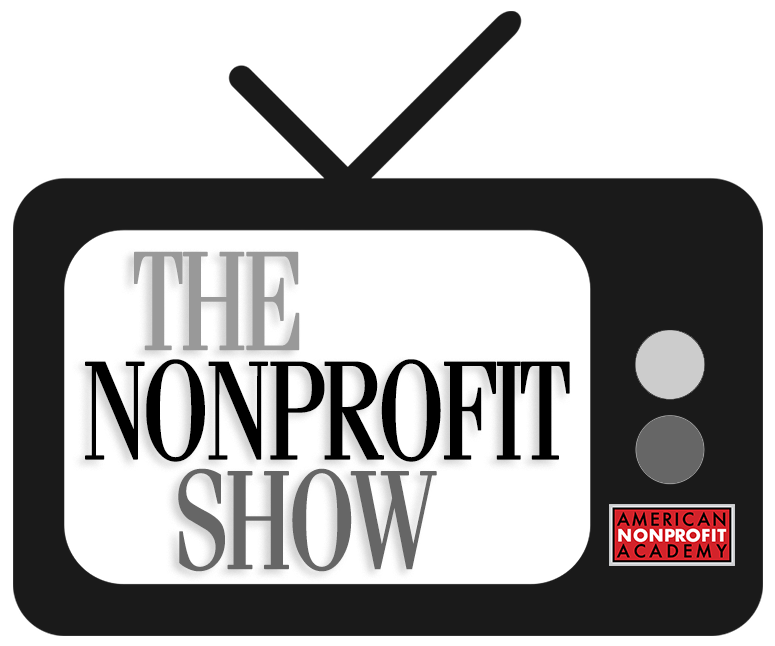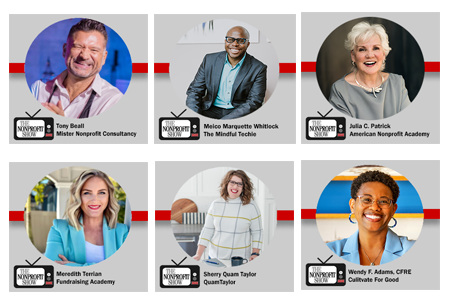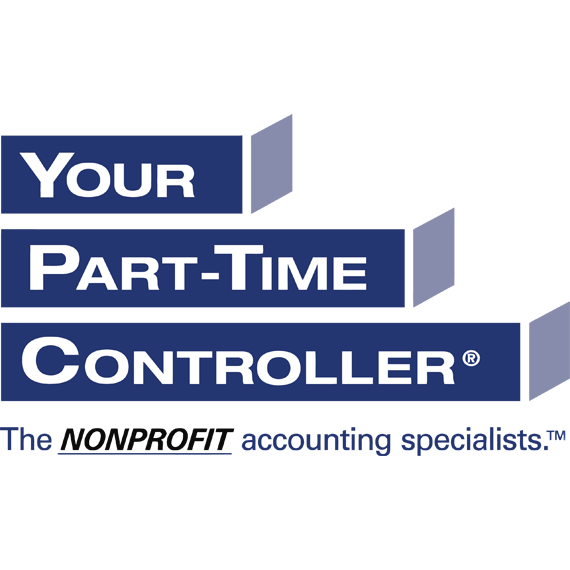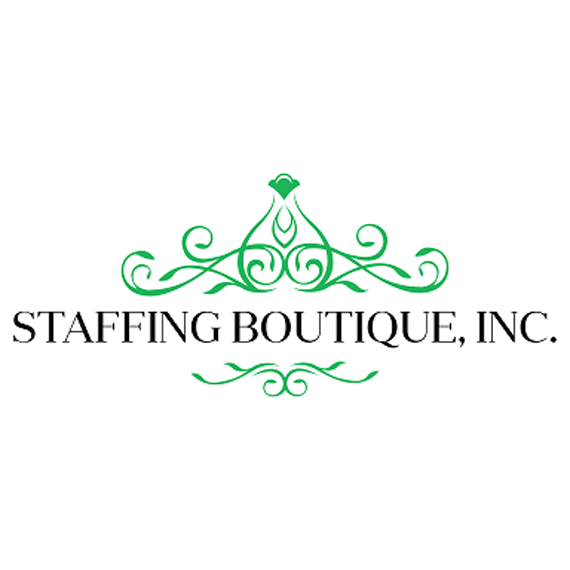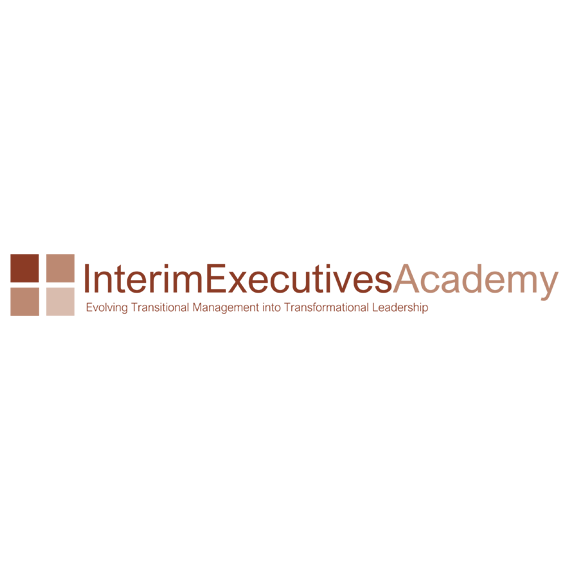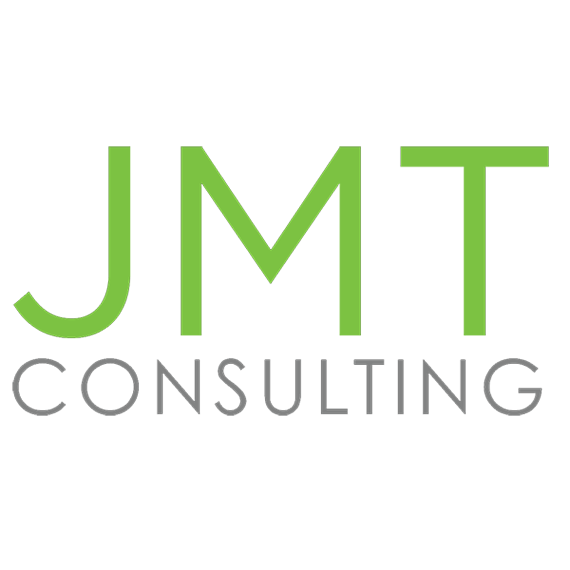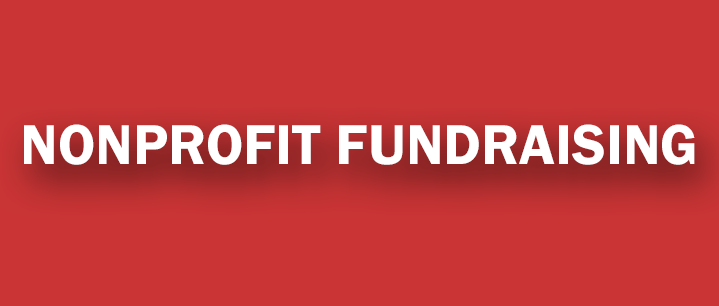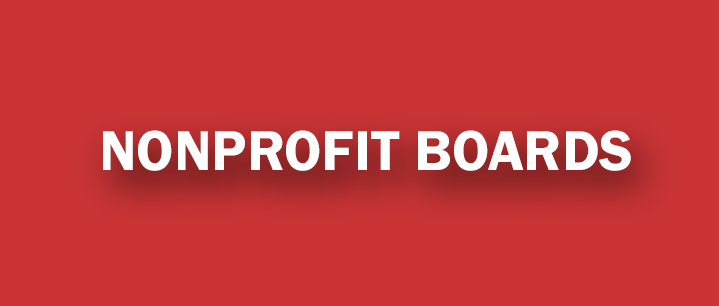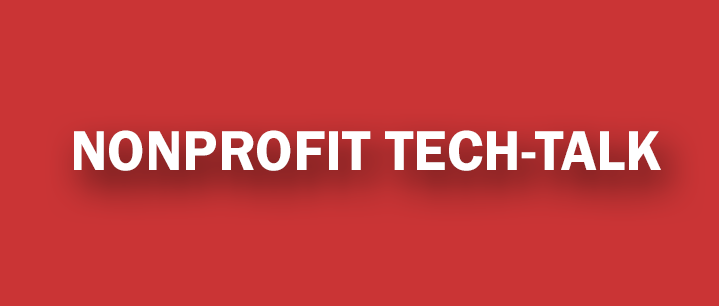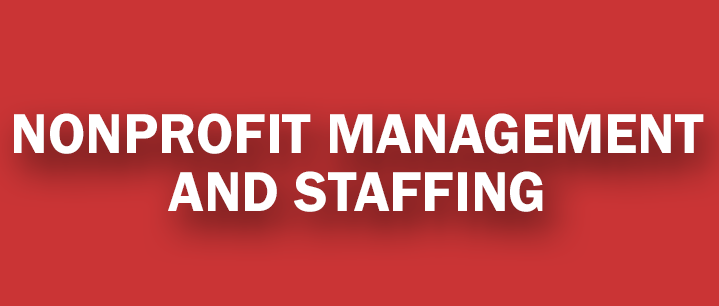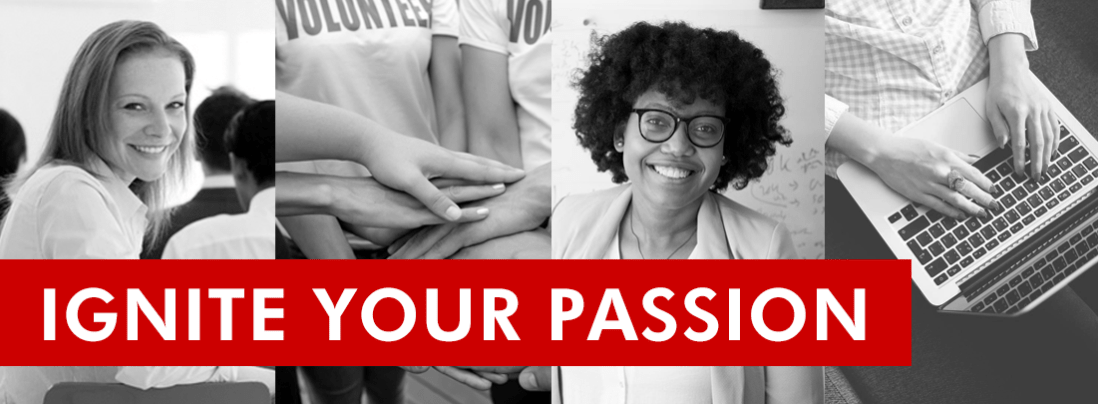
The American Nonprofit Academy Provides Our Nation’s Nonprofit’s and Social Impact Organization’s Education, Insights and Inspirations.
We’re Your Community for Sharing Learning, Leadership, Connectivity, and Collaborations.
CULTURE | FAITH | ENVIRONMENT | ARTS | ANIMALS | ASSOCIATIONS | FOUNDATIONS | EDUCATION | HEALTH | HUMAN SERVICES | VETERANS | NGOs | RELIGION | NATURE
Sponsored by the Best Nonprofit Sector Supporters Ever!
Fundraising in Times of Chaos: It Starts with Your Mindset
In a climate charged with political unpredictability, donor hesitancy, and organizational fatigue, Peter Heller, CEO and Founder of Heller Fundraising Group, returns to offer . . . . . . . . .
From $10K to $10M: Growing Nonprofit Assets Over Time
The Chief Investment Officer at Christian Brothers Services, Steve Sliwinski, offers a highly approachable yet technically sound guide to nonprofit investment strategy. With decades . . . . . . . . .
AI vs. Human: Nonprofit Hiring Practices in 2025
What happens when artificial intelligence collides with nonprofit hiring? Katie Warnock, CEO and Founder of Staffing Boutique, brings over two decades of recruitment wisdom . . . . . . . . .
Modern Fundraising Starts Here: Tech Can Save You Time & Raise More
This fast episode plants more than a few seeds—it digs deep into the fertile soil of fundraising tech and AI, showing nonprofit leaders how . . . . . . . . .
Why Nonprofit’s Finance and Program Teams Clash—and How to Fix It!
Leadership meets lived experience as Eric Wilson, Director at Your Part-Time Controller (YPTC), unpacks the long-standing tension between nonprofit finance and programming. With warmth, . . . . . . . . .
The Cybercrime Response Plan Every Nonprofit Needs: What To Do First
When a cyberattack hits your nonprofit, do you know what to do? Cybersecurity expert Michael Nouguier, Partner at Cybersecurity Services at Richey May, walks . . . . . . . . .
The Myth of Declining Generosity
A clear message: “Generosity is not dead—it’s transforming”, says Ann Fellman, Chief Marketing Officer at Bloomerang. As headlines churn out fatigue-inducing stories of donor . . . . . . . . .
Why HR Chaos Sinks New CEOs: Interims to the Rescue!
Jeffrey Wilcox (President) and Joan Brown (COO) of the Interim Executives Academy unpack the harsh realities of nonprofit leadership turnover—and the game-changing role of . . . . . . . . .
Digital Natives, Real Impact: Engaging Gen Z Volunteers
How do you win the hearts—and hands—of Gen Z donors? According to Emily Tisdale, West Coast Manager for Team for Cures at the Multiple . . . . . . . . .

